Getting yourself a new piano is an exciting decision and, as a fellow musician, I’m happy for you! But before you can embark on your musical journey, you have to choose the right piano, which can be a real headache. There is a wide array of pianos, but which one should you buy? This article discusses the factors to consider and the things to look out for when you are buying a new piano.
The first step is to decide between a digital and an acoustic piano. If you want to learn more about the differences between the two pianos, check out our article on Acoustic vs Digital piano. If you have chosen the type of piano (acoustic or digital piano) to buy, continue to the Acoustic Piano section or skip to the Digital Piano section.
Acoustic Piano
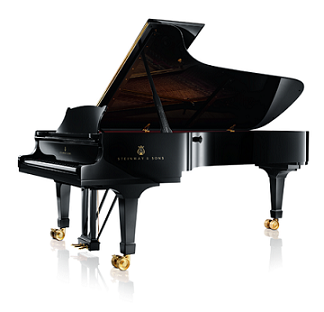
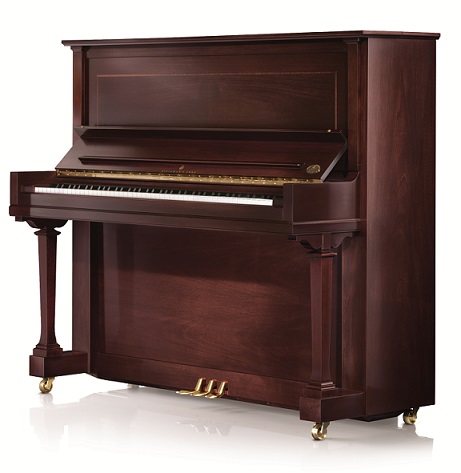
Before buying a grand acoustic piano or an upright acoustic piano, be sure to look out for:
1. The sound
Before buying a piano, try playing it to determine whether you like the sound. This is subjective; some people prefer a brighter tone, while others prefer a mellower tone. Generally speaking, a good piano sound is round and full. You can also get a professional’s opinion, preferably from an experienced music teacher or a registered piano technician.
Listen to the consistency of the piano’s sound. Are the volumes of the keys consistent? Play all the notes of the piano with the same strength, and listen for any unexpected deviations in loudness. Also, is the quality of the sound consistent? Listen for notes that sound unexpectedly brighter or mellower than the rest.
2. The keys
Ensure that the keys have a smooth surface and are free of damages and cracks. When you play the piano, the keys should have adequate resistance. If playing the keys require as little strength as typing on a computer keyboard, the keys probably don’t have enough resistance. Lastly, when you strike the keys, there should be sufficient cushioning to reduce the shock transmitted to your finger joints.
3. The location where you will place the piano
Get the exact dimensions of both the piano and the designated space where you are planning to place it. If there isn’t much space available, you might have to choose either a traditional upright piano or a spinet piano, the latter being the smaller of the two.
Also, it is crucial to choose a suitable location for your piano. Acoustic pianos are vulnerable to humidity and temperature fluctuations, so they should NOT be placed near the radiator or a spot with direct sunlight. If not kept in a suitable environment, the components of an acoustic piano—especially parts made of wood and felt—could be affected. (Ideally, your acoustic piano should be kept in an environment of relative humidity ranging between 45% and 70% and a constant temperature of approximately 20˚C or room temperature.)
4. The length of warranty
For big-ticket items like acoustic pianos, a warranty is crucial. Most brand new pianos have warranty of at least 5 years. Be careful when purchasing a piano from private retailers. Most piano brands, including Yamaha and Steinway, do NOT provide warranty coverage for pianos sold by unauthorised private retailers.
5. The brand
A number of brands have consistently produced reliable acoustic pianos. These brands have earned themselves a good reputation and are generally considered as safer choices. If you have no idea where to look, start with these brands:
Should I buy a second-hand acoustic piano?
The biggest draw of buying a second-hand acoustic piano is its price. Good-sounding acoustic pianos can be expensive, so a second-hand one is a good option for those without a big budget.
However, this can be a risky decision, because second-hand pianos don't come with factory warranties, which is crucial for acoustic pianos as they are vulnerable to wear and tear. You risk paying hundreds of dollars of repair fees. Thus, before purchasing the piano, find out when the last maintenance was done and whether the piano was kept in a healthy environment. I strongly advise you to hire a registered piano technician to check the instrument before you make the purchase.
While second-hand pianos are cheaper, tuning services are more frequently required for older pianos and will increase your costs. Besides, a second-hand piano could have dents and scratches. You might have to hire a piano refinisher to fix these damages, which will increase the cost yet again.
Overall, a second-hand piano is a good option if it is in good working condition. Otherwise, a brand new acoustic piano is still a better long-term investment.
If you don’t consider digital pianos, click here to skip to the Final Tips.
Digital Piano
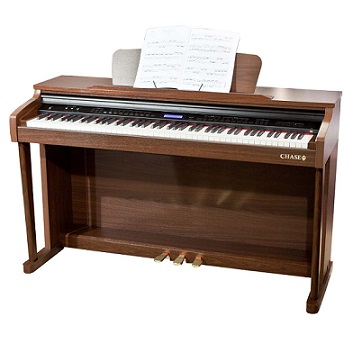
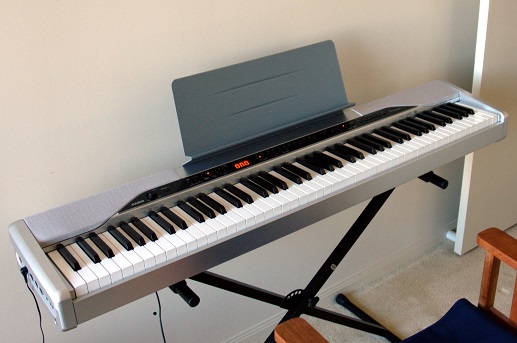
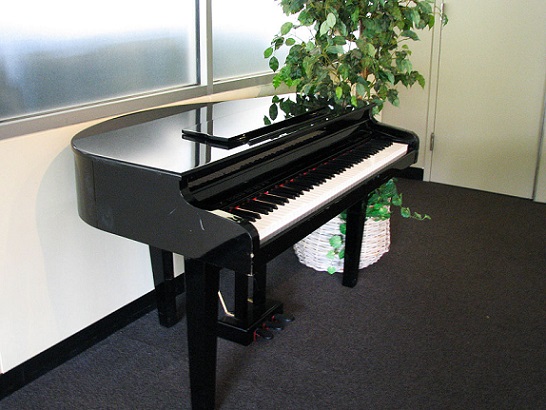
There are three types of digital piano: the grand piano, upright piano, and portable piano. When purchasing a digital piano, you have to look out for:
1. The sound
The digital piano produces sound by playing pre-recorded sounds of acoustic pianos. The method and equipments used to record these tracks affect the quality of the sound. A good digital piano should sound warm and less digital, closely mimicking an acoustic piano. With that said, everyone prefers different sound quality, and it is important to choose a piano that sounds nice to you.
Apart from the general quality of the sound, you should also listen for the articulation and the decay—the start and the end—of the sound. A digital piano with better control over articulation and decay more closely resembles an acoustic piano and thus sounds more natural.
2. The number of keys
A full-sized piano consists of 88 keys. However, some digital pianos come with only 61 or fewer keys. For advanced piano players, a piano with 88 keys is required. Therefore, if you’re a beginner who’s serious about learning the piano, it is advisable for you to get a full-sized piano.
3. Polyphony
Polyphony refers to the maximum number of sounds that a piano can produce at any time. This means that a piano with 32-note polyphony can produce up to 32 notes at once. Intermediate players should get pianos with at least 64-note polyphony. For advanced pianists, getting a piano with 128-note polyphony or more is desirable.
One question that I frequently hear is this: a full-sized piano has 88 keys, why should there be a piano with 128-note polyphony? This is because the use of the sustain pedal allows the piano to produce many notes at once. If you’re playing a long string of notes while using the sustain pedal, the piano could be producing more than 88 notes at some point.
4. The touch response of the keys
Touch-sensitivity
Touch-sensitivity refers to how responsive a piano is when you play a key with different amounts of strength. The keyboard is able to sense the velocity with which you play the key and correspondingly produces a sound of appropriate volume. A touch-sensitive piano gives you better control over the music’s dynamics, which allows you to play more expressively.
Weight of the keys
A digital piano can have keys without added weight, semi-weighted keys, or fully-weighted keys. Manufacturers introduce weighted keys to mimic the heaviness of acoustic piano keys. A digital piano with fully-weighted keys is considered the best option, because its keys most closely resemble those of an acoustic piano. It is a good option for pianists who are planning to buy an acoustic piano eventually.
5. Extra features
Other Instrument sounds
A digital piano has the capability to produce sounds of almost any instruments, ranging from a saxophone to a choir. While this isn’t essential, picking a piano with a large number of instrumental tracks will allow you to choose the sound that suits your music best.
Learning tools
Some common learning tools include:
- Keys that light up for you to follow
- Dual-mode, in which the keyboard splits into two sections so that you can play in the same octave as your teacher or friend
- Built-in metronome
These features act as learning aids, which are especially useful for beginners. However, not all learning tools are useful. Thus, it is important to find a piano with extra features that suit you.
6. Brand
The brand of a digital piano is a good gauge of its sound quality and durability. Time and again, industry experts have recommended certain brands of digital piano because of their reliability. Here’s a short list of reputable brands:
Should I buy a second-hand digital piano?
A second-hand digital piano can be a good option because it is cheaper. In fact, digital pianos depreciate quite quickly because many new, more advanced models are released every year. Besides the price factor, digital pianos aren’t as fragile as their acoustic counterparts, and repairs aren’t frequently required, even for second-hand pianos. Second-hand pianos can be found in many music stores, private retailers, eBay, and other online ads.
However, buying a second-hand digital piano can be risky. Usually, they don’t come with any warranty. Any repairs will add to your costs. Furthermore, you have to ensure that the piano is in good working condition. It only takes one damaged key to ruin your playing experience. If possible, try playing the piano and try all its features before you purchase it. Lastly, do your research on new models of digital pianos to ascertain that the second-hand piano of your choice is reasonably-priced.
Final Tips
1. Try playing the piano before buying it
While it is convenient to purchase pianos online, it is highly recommended that you make a trip to the shop and try the instrument. This will give you a better idea of the sound and touch response of the piano. If possible, bring someone with you. It’s always good to have an extra pair of ears.
2. Look for reviews
It might be difficult to trust the salesperson or retailer, so do some research and look for piano reviews. Find out what other people think about the piano. You may identify certain flaws or discover good alternative models in the process.
3. Lower-tier pianos
It isn’t always a bad thing to buy a lower-tier piano. Many people who aren't sure about sustaining this hobby for long choose to start of with a cheaper model. You can always upgrade to a better piano later.
Conclusion
Choosing a piano is difficult because there isn’t a one-size-fits-all piano. What's important is that you weigh all the pros and cons to choose the piano that suits you best. Once you’ve made your purchase, be sure to take good care and make good use of it. I wish you all the best on your music journey!
Raring to play the piano like a pro?
Start learning with our 30-day free trial! Try our piano courses!About Liberty Park Music
LPM is an online music school. We teach a variety of instruments and styles, including classical and jazz guitar, piano, drums, and music theory. We offer high-quality music lessons designed by accredited teachers from around the world. Our growing database of over 350 lessons come with many features—self-assessments, live chats, quizzes etc. Learn music with LPM, anytime, anywhere!


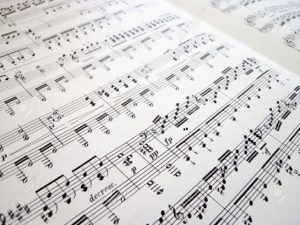


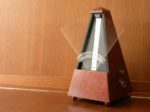

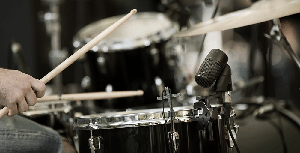

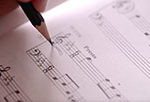

Thanks for your Information!